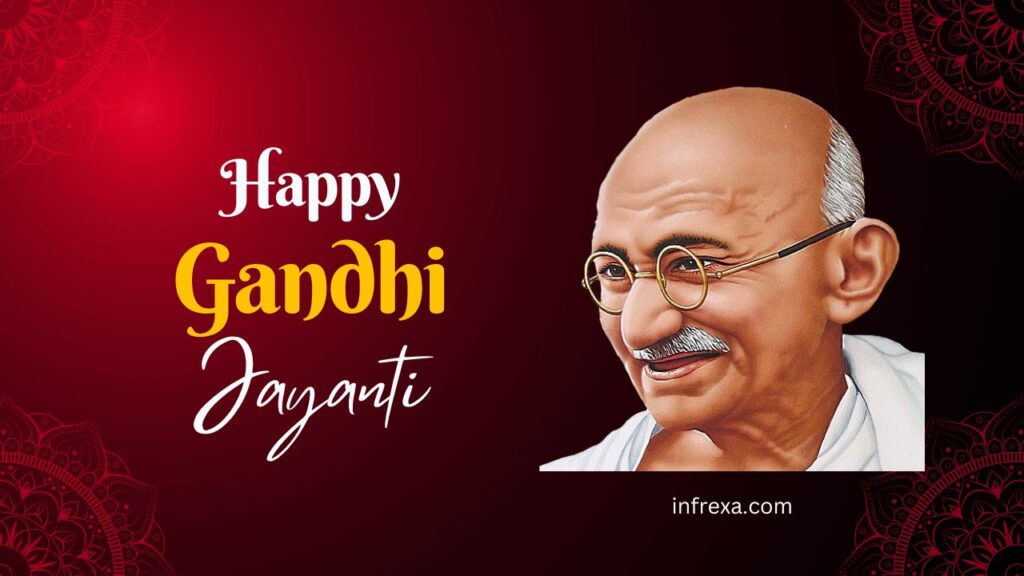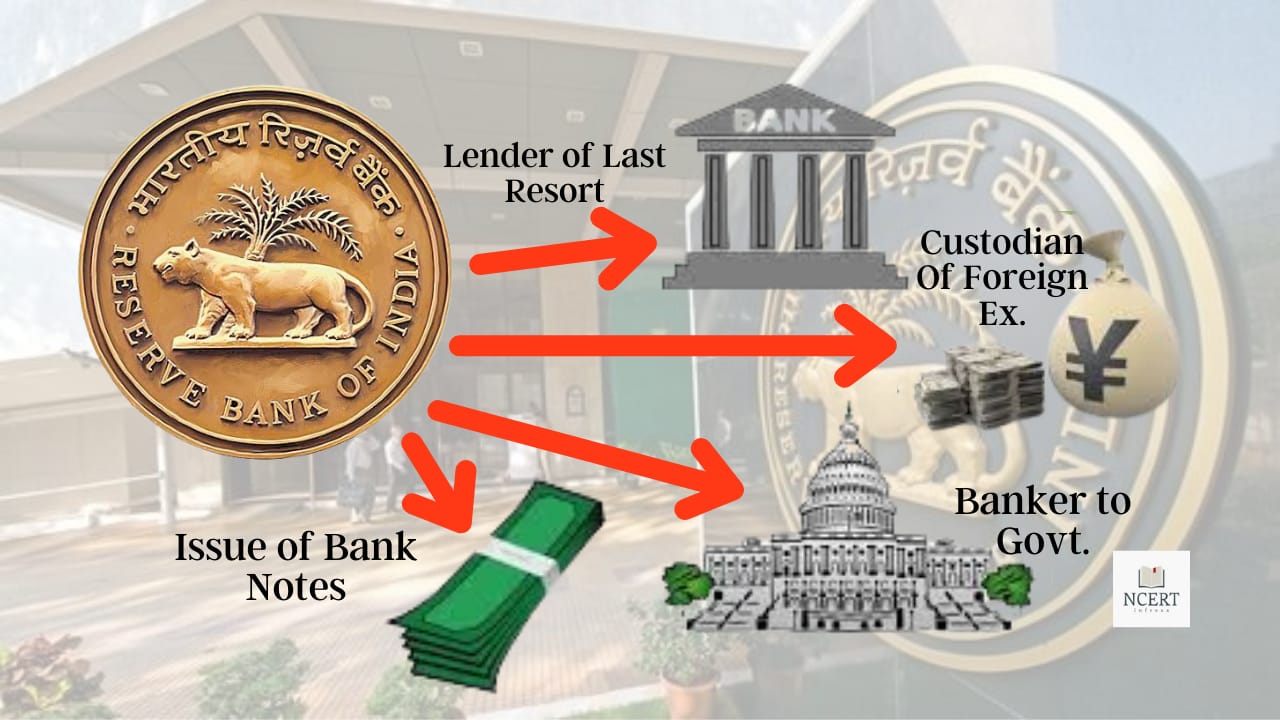Every year, on October 2nd, we celebrate Gandhi Jayanti, the birthday of Mahatma Gandhi, the revered leader of India’s independence movement and a global icon of non-violence.
This national holiday in India is also recognized by the United Nations as the International Day of Non-Violence, highlighting the universality of Gandhi’s message.
Who was Mahatma Gandhi?
Mohandas Karamchand Gandhi, fondly known as Mahatma Gandhi (Bapu), was an Indian lawyer, anti-colonial nationalist, and political ethicist who employed nonviolent resistance to lead the successful campaign for India’s independence from British rule.
He is universally revered for his philosophy of nonviolent resistance (Satyagraha), which inspired movements for civil rights and freedom across the world.
Born in Porbandar, Gujarat, India, on October 2, 1869, Gandhi was raised in a devout Hindu family. He studied law in London and practiced briefly in South Africa, where he experienced racial discrimination and developed his philosophy of nonviolent resistance.
In 1915, Gandhi returned to India and became a leading figure in the Indian independence movement. He organized mass protests, boycotts, and civil disobedience campaigns, all aimed at achieving independence without violence. His methods, inspired by his Hindu beliefs and the Jain principle of ahimsa (non-violence), resonated with the Indian people and disrupted British rule.
Gandhi’s unwavering commitment to nonviolence and his ability to unite people across religious and social divides made him a powerful symbol of resistance. He led the Salt March (Dandi Yatra) in 1930, a nationwide protest against the British salt tax, and inspired millions to defy unjust laws.
After India’s independence in 1947, Gandhi continued to work for peace and reconciliation between India’s Hindu and Muslim communities. However, his efforts were met with tragedy when he was assassinated on January 30, 1948, by a Hindu extremist named Godse. Godse was sentenced to death and hanged on November 15, 1949, for his crime.
Gandhi’s legacy lives on as a beacon of nonviolent resistance and a testament to the power of moral conviction. His principles have guided social justice movements worldwide, and his name continues to inspire people to fight for equality and freedom without resorting to violence.
Related: Education Philosophy of Mahatma Gandhi
Significance of Gandhi Jayanti
Gandhi Jayanti holds significant importance as it marks the birth anniversary of Mahatma Gandhi. Here’s why this day holds immense significance:
- Honoring the Father of Nation: It is celebrated on October 2nd every year to honor Gandhi’s contributions and sacrifices to India’s freedom struggle.
- Commemorating Non-Violence: Gandhi’s philosophy of Satyagraha, or non-violent resistance, wasn’t just a political strategy; it was a way of life. He led India’s freedom struggle without resorting to violence, inspiring countless movements worldwide fighting for civil rights and social justice. Gandhi Jayanti reminds us to resolve conflicts peacefully, promote empathy, and resist discrimination in our daily lives.
- Upholding Truth and Justice: Gandhi’s life exemplified the unwavering pursuit of truth and justice. He spoke out against oppression and stood by the marginalized, even when it meant facing adversity. His birthday serves as a call to action to fight for equality, hold ourselves and others accountable to ethical values, and speak truth to power.
- Championing Interfaith Harmony: Gandhi envisioned a united India where diverse communities flourished together. He believed in respecting different faiths and fostering dialogue. Gandhi Jayanti is an opportunity to promote interfaith understanding, celebrate our shared humanity, and break down barriers between communities.
- Fostering Individual and Collective Change: Gandhi wasn’t just a leader; he empowered individuals to be agents of change. He believed in the potential of ordinary people to create a better world. Gandhi Jayanti encourages us to reflect on our own actions and contributions towards building a more just and peaceful society.
- A Global Beacon of Hope: Gandhi’s legacy transcends borders and time. His message of non-violence and truth continues to inspire movements for human rights and social justice across the globe. Celebrating Gandhi Jayanti allows us to acknowledge his lasting impact and rekindle the hope for a world free from conflict and discrimination.
How do people Celebrate Gandhi Jayanti
On this day the whole country remembers Mahatma Gandhi i.e. Bapu. People celebrate Gandhi Jayanti in various ways to honor the life and legacy of Mahatma Gandhi.
Here are some common practices observed during the celebrations:
Traditional Practices
- Prayer meetings and tributes: Offering flowers and reciting hymns at Gandhi memorials like Raj Ghat in Delhi.
- Educational programs: Schools and universities organize lectures, discussions, and exhibitions to educate young minds about his life and teachings.
- Cultural performances: Plays, skits, and music events depict significant moments from Gandhi’s journey, bringing his message to life.
- Community service initiatives: Cleaning drives, peace walks, and charity events reflect Gandhi’s commitment to social upliftment.
Modern Ways
- Social media campaigns: Online movements promote peacebuilding, non-violence, and social justice using Gandhian quotes and hashtags.
- Webinars and discussions: Online forums delve deeper into Gandhi’s legacy, exploring its contemporary applications.
- Artistic expressions: Street art, music, and film creatively reimagine Gandhi’s message for modern audiences.
What did Mahatma Gandhi do on his birthday?
On his birthday, Mahatma Gandhi typically followed his usual routine, which included engaging in prayer, spinning the spinning wheel known as the “Charkha,” and maintaining silence for a longer period than usual.
Gandhi did not celebrate his birthday in a grand or extravagant manner; instead, he spent the day in quiet contemplation and reflection, staying true to his principles of simplicity and humility.
Interesting facts related to Gandhi ji
- In school, Gandhiji was a good student in English, while he was average in Mathematics and weak in Geography. His handwriting was very beautiful.
- In 1934, to help the earthquake victims in Bhagalpur, he had taken five rupees each for his autograph.
- He never went to America and never sat in a plane.
- The great inventor Albert Einstein was greatly influenced by Bapu. Einstein said that people would not believe that such a person had ever come to this earth.
- He didn’t like having his photos taken at all.
- In his professional career as a barrister, he lost his first case in the Court.
- He used to keep his false teeth tied in his Dhoti and to apply them only while eating food.
- He was so much in love with the name of Ram that even in the last moment of his death, his last word was Hey Ram.
- A total of 53 major roads in India are named after Mahatma Gandhi, Not only in the country but also abroad, a total of 48 roads are named after Mahatma Gandhi.
- Poet and Nobel laureate Rabindranath Tagore gave Gandhi the title of Mahatma.
- Mahatma Gandhi was greatly influenced by the story of Shravan Kumar and the play of Harishchandra.
- In the year 1930, he was awarded the title of Man of the Year by America’s Time magazine.
- On July 6th, 1944, in a radio address broadcasted from Singapore during World War II, Subhash Chandra Bose addressed Gandhi as “Bapu” (means Father) while offering condolences on the passing of Kasturba Gandhi, Mahatma Gandhi’s wife.
Thereafter people started using “Bapu” to address Gandhi. - Mahatma Gandhi was born in Gujarat. He was assassinated in Delhi at the age of 78.
Conclusion
Gandhi Jayanti is not just a day of remembrance; it’s a call to action. By embracing his principles of non-violence, truth, and social justice, we can contribute to building a more peaceful and equitable world.
Let us reflect on his words: “Be the change you wish to see in the world.” Together, we can honor his legacy by making our daily choices guided by compassion, understanding, and a commitment to peace.
Read this also: NCERT: full Form, functions & Establishment
Recommended for you:




